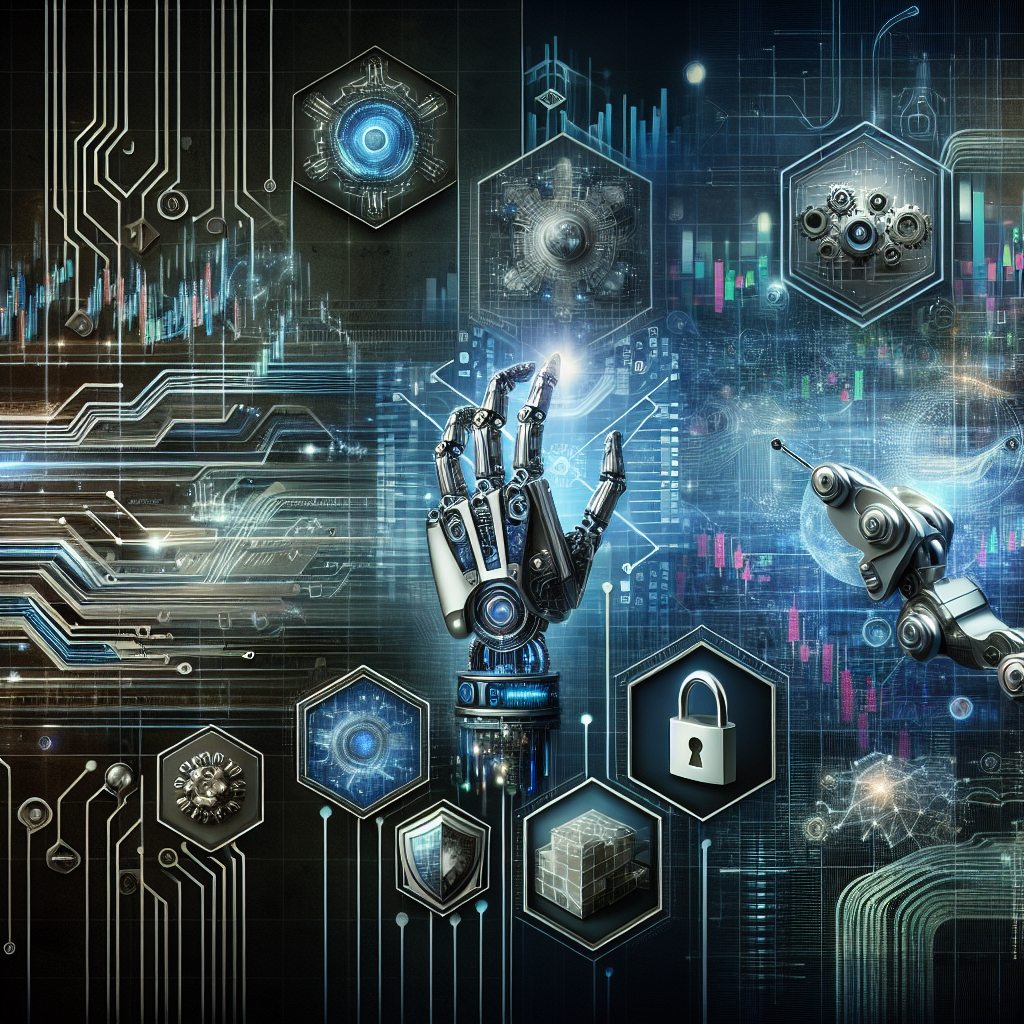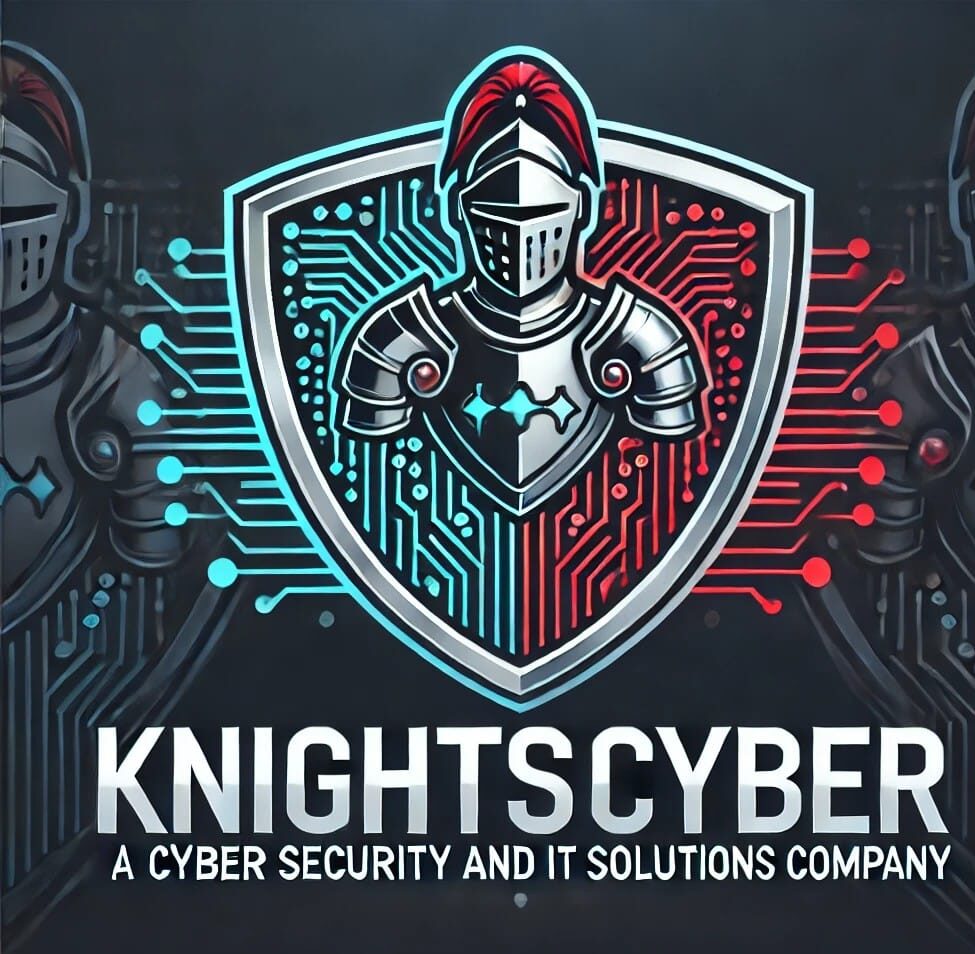AI and Automation Revolution in Cybersecurity Insights from 2025 RSAC
CyberSecurity
AI and Automation Revolution in Cybersecurity: Insights from 2025 RSAC
The 2025 RSA Conference (RSAC) offered groundbreaking insights into the dynamic landscape of cybersecurity, spotlighting the transformative role of AI and automation. This year’s event underscored the urgency of integrating these innovative technologies to enhance cyber defenses amidst rapidly evolving threats.
Why AI and Automation are Game Changers
The digital age brings with it a double-edged sword: immense opportunities alongside significant security challenges. As cyber threats grow in complexity and volume, traditional security protocols appear increasingly insufficient. Enter AI and automation, poised to revolutionize cybersecurity with their capability to process enormous data sets and identify anomalies in real-time.
- Enhanced Threat Detection: AI systems, with their advanced machine learning algorithms, can analyze vast data landscapes to detect unusual patterns that could signal potential breaches.
- Rapid Response: Automation facilitates immediate responses to threats, significantly reducing the window of opportunity for cybercriminals to exploit vulnerabilities.
- Scalability: Unlike human-dependent processes, AI-driven systems can effortlessly scale to accommodate large-scale data processing and security management, crucial for modern enterprises.
Insights from the Experts at RSAC
A prominent highlight of the 2025 RSAC was the talk by the VP of Cybersecurity at Presidio, who emphasized the crucial role of AI and automation in fortifying enterprise security frameworks. Key insights shared include:
AI’s Role in Proactive Cyber Defense
One of the primary discussions centered around AI’s ability to shift cybersecurity strategies from reactive to proactive. Instead of waiting for an attack to occur, AI systems can predict potential threats before they materialize, enhancing the overall resilience of security infrastructures.
- Predictive Analysis: Utilizing historical data and sophisticated algorithms, AI can forecast potential attack vectors and prepare defenses well in advance.
- User Behavior Analytics: AI technologies help in understanding user behavior patterns, identifying deviations that may indicate compromised credentials.
Automation’s Impact on Efficiency
The integration of automation came into sharp focus as a means to bolster operational efficiency. As cyber threats increase, so does the demand for swift countermeasures, an area where automation shines.
- Automated Incident Response: With predefined protocols, automated systems can handle minor security incidents without human intervention, allowing cybersecurity professionals to focus on more complex threats.
- Resource Optimization: By automating routine tasks, organizations can better allocate resources toward strategic initiatives, enhancing overall productivity.
Challenges in Implementing AI and Automation
While the benefits of adopting AI and automation are substantial, the conference also addressed the challenges organizations face in this transition. These include:
- Data Privacy Concerns: Ensuring AI systems comply with data protection laws and do not infringe on user privacy.
- Integration Complexity: Integrating new technologies into existing systems can be daunting, requiring significant investment in infrastructure and training.
- Skills Gap: The rapid evolution of AI technologies necessitates ongoing training for cybersecurity personnel to bridge knowledge gaps.
The Future of Cybersecurity with AI and Automation
Looking ahead, the discussions at RSAC painted a promising picture of cybersecurity, driven by rapid advancements in AI and automation. Key trends expected to shape the future include:
Increased Collaboration Between AI Developers and Cybersecurity Experts
A seamless integration of AI into cybersecurity calls for collaboration between AI developers and cybersecurity professionals. This partnership is crucial for creating systems that are both innovative and practical.
- Shared Insights: Challenges and successes must be shared across sectors to foster learning and improvement.
- Joint Development Programs: Encouraging joint initiatives to develop tailored AI solutions for specific cybersecurity needs.
Evolution of Security Operations Centers (SOCs)
AI and automation will reshape SOCs, transitioning them into more adaptive and intelligent environments. Future SOCs are expected to leverage AI-driven analytics to enhance situational awareness and threat response.
- Smarter Analysis: AI enhances the speed and accuracy of threat intelligence and incident prediction.
- Comprehensive Coverage: Automation allows for round-the-clock monitoring, reducing the risk of overlooked threats.
Conclusion
The 2025 RSAC highlighted a pivotal moment in cybersecurity as AI and automation emerge as game-changing players in safeguarding digital landscapes. Organizations that embrace these technologies will be better equipped to handle the intricate threats of today and the unforeseen challenges of tomorrow. However, as we advance, it is crucial that we maintain a balance between technological innovation and ethical responsibility, ensuring that our pursuit of stronger security does not compromise fundamental values. The road ahead is promising, with AI and automation leading the charge toward a more secure digital future.
